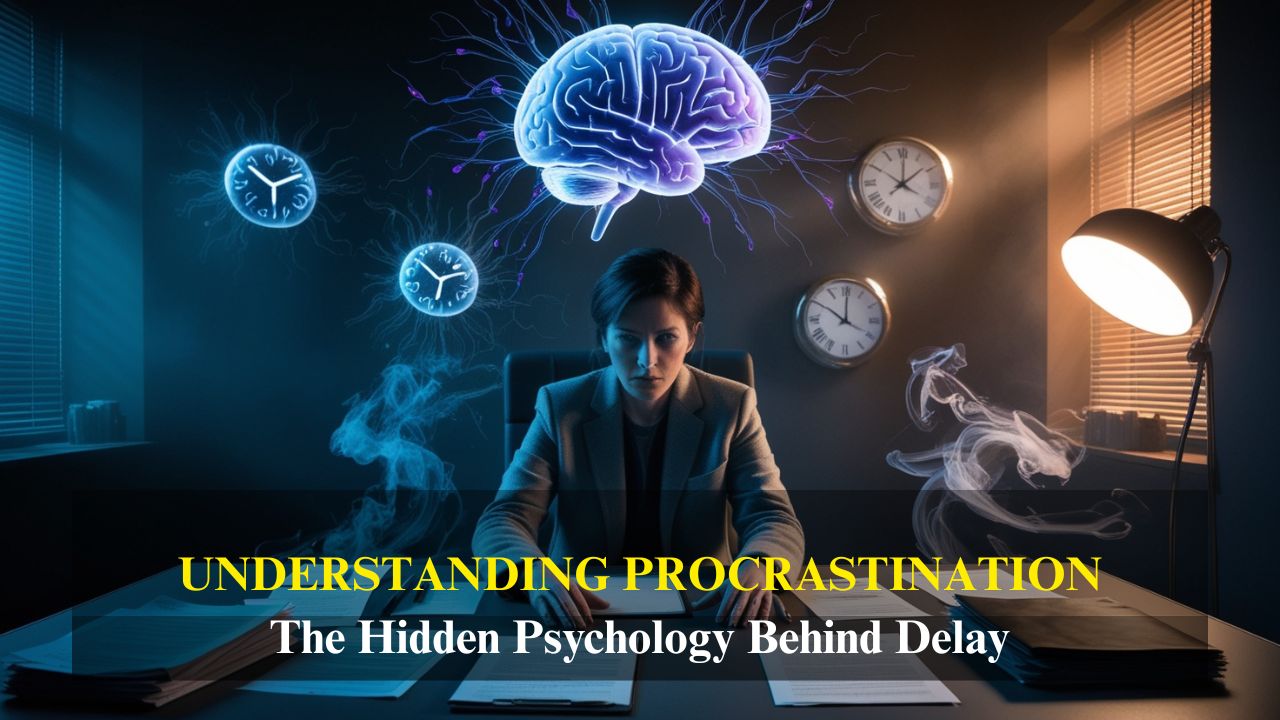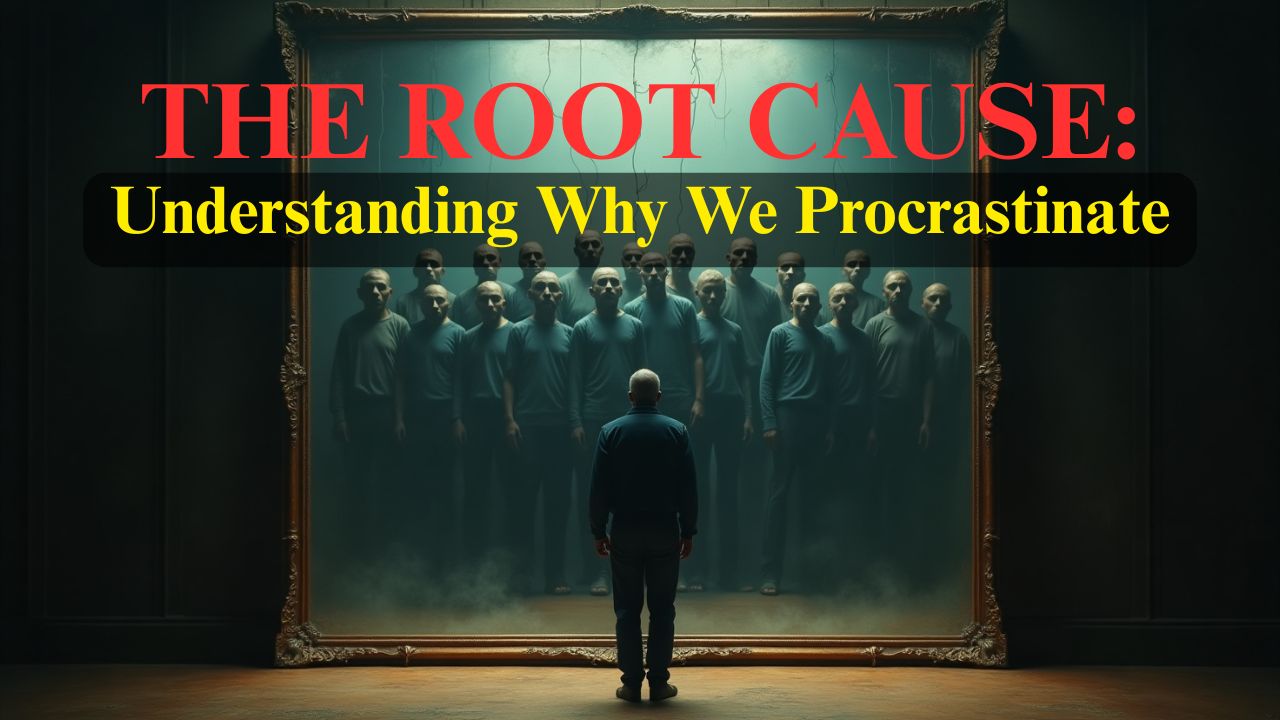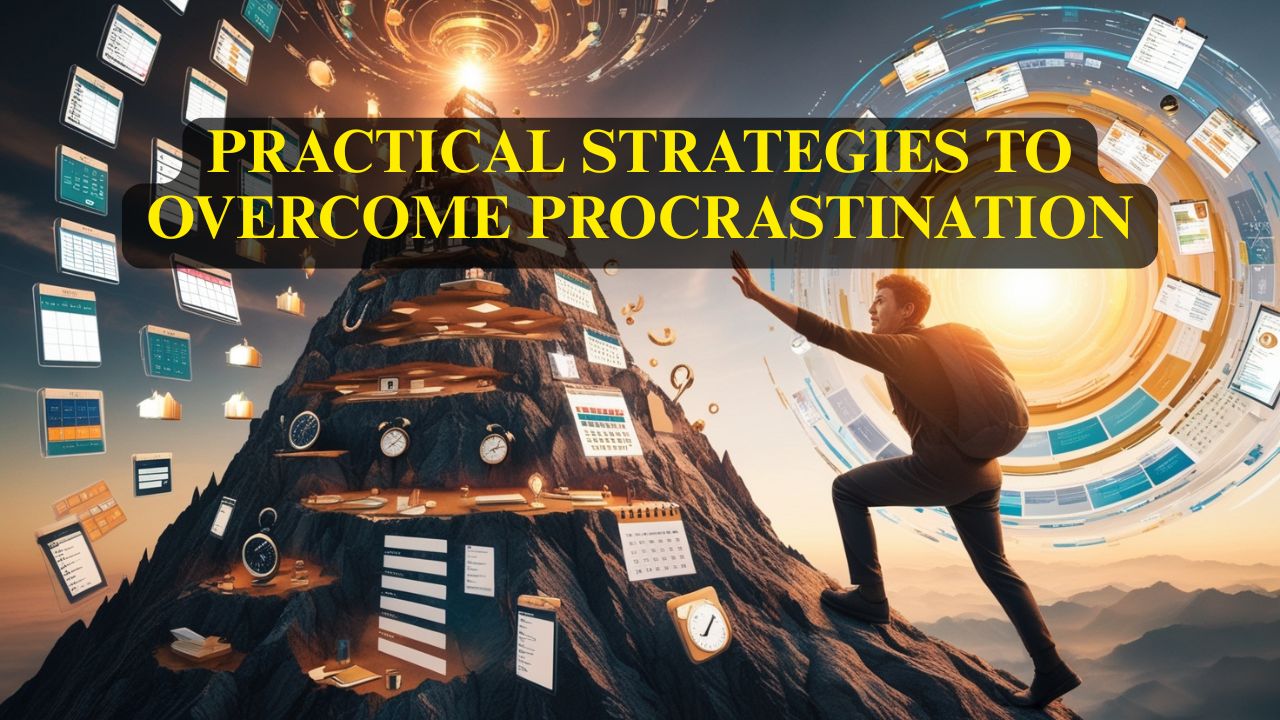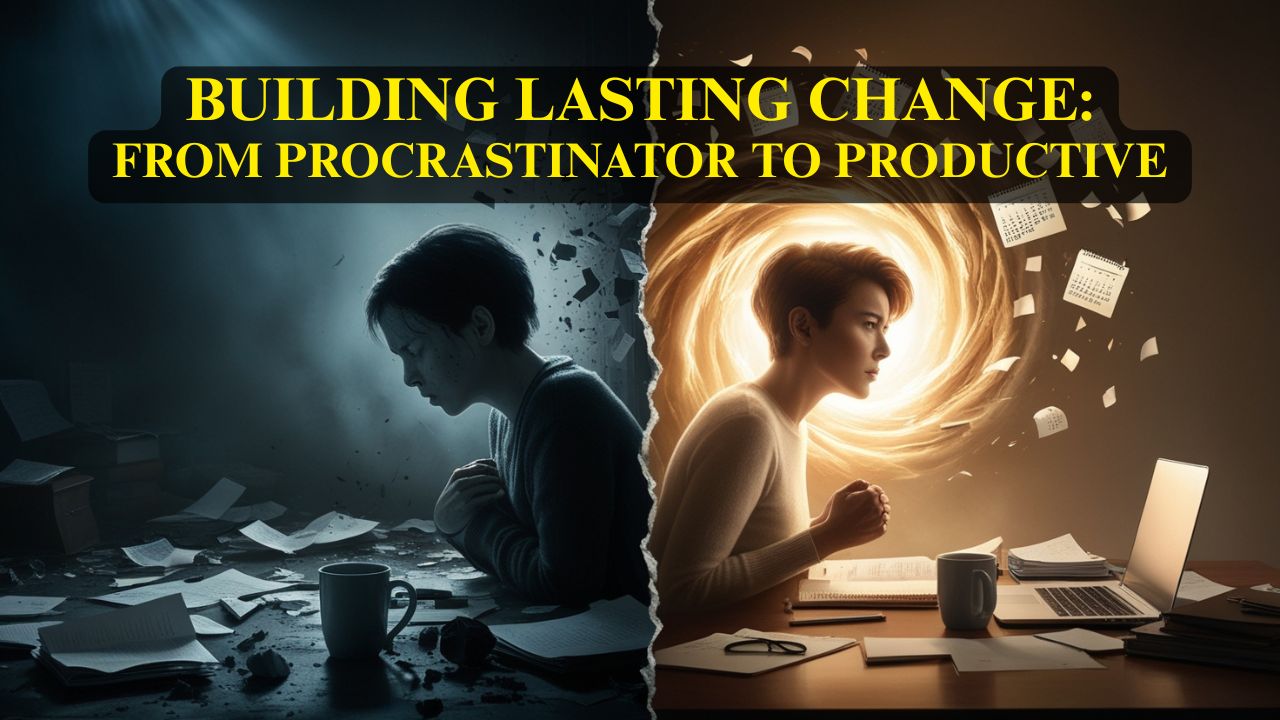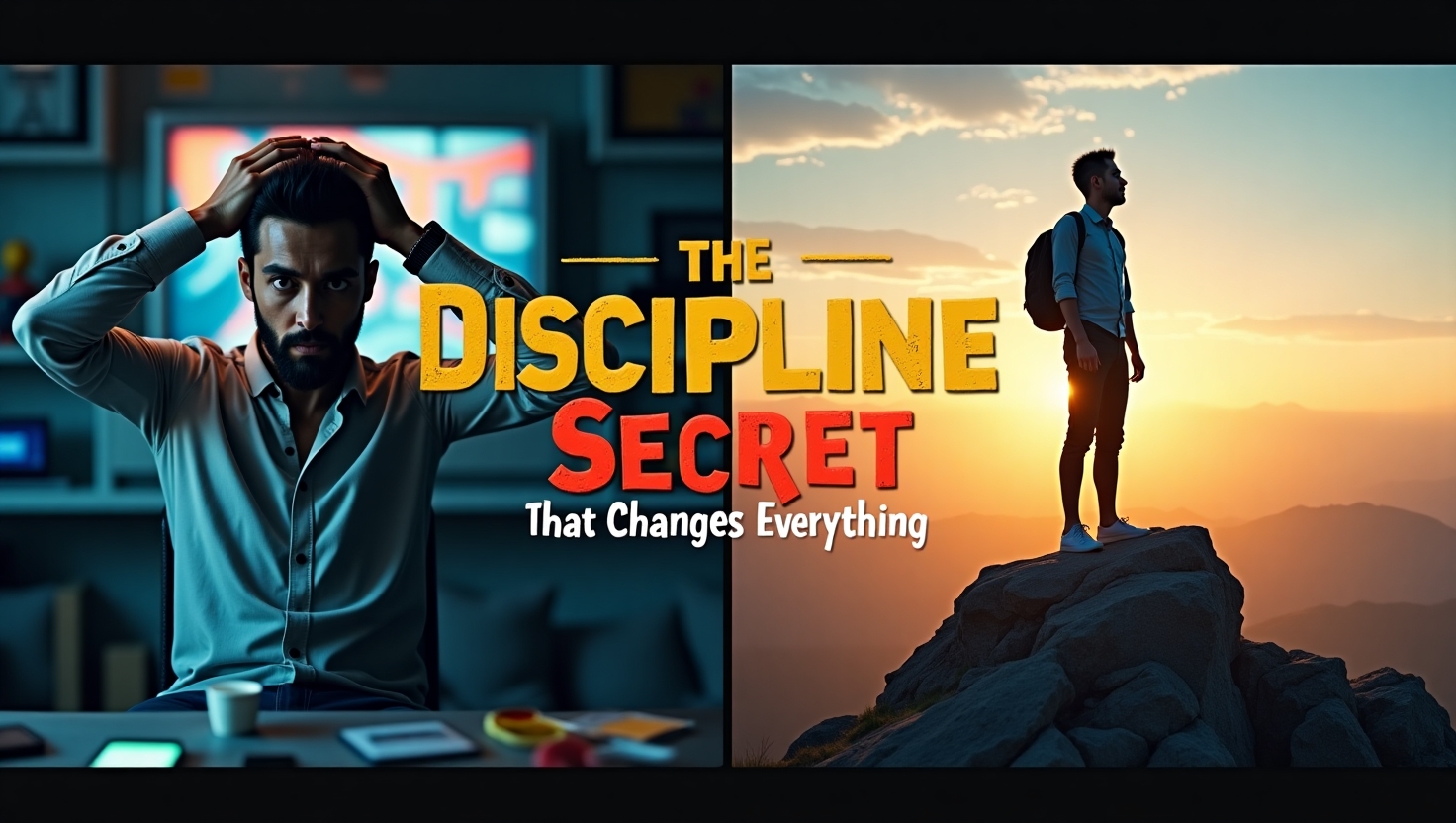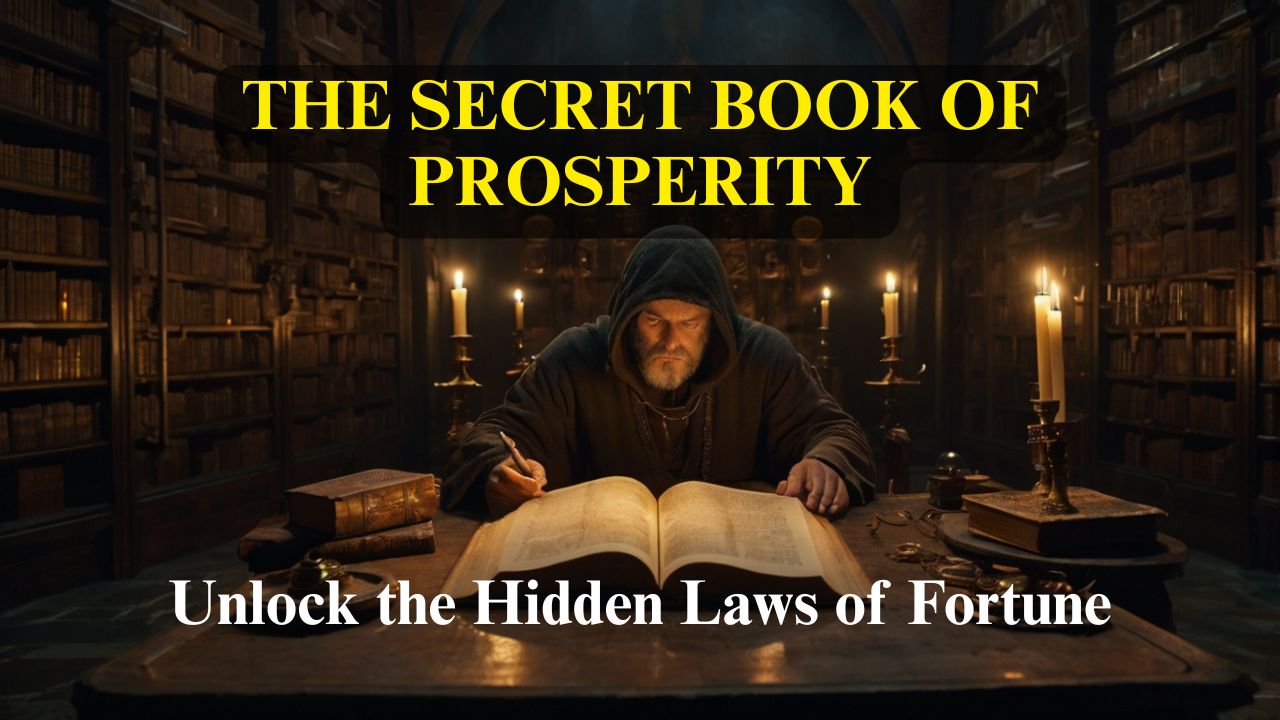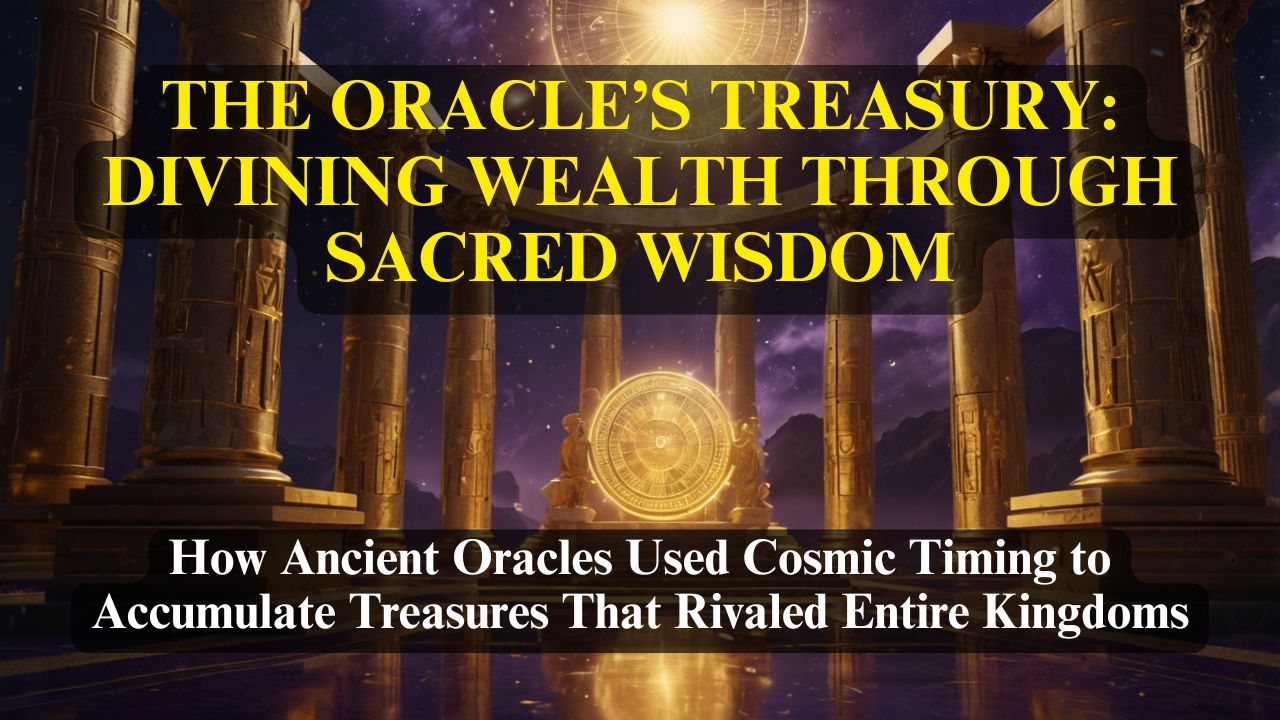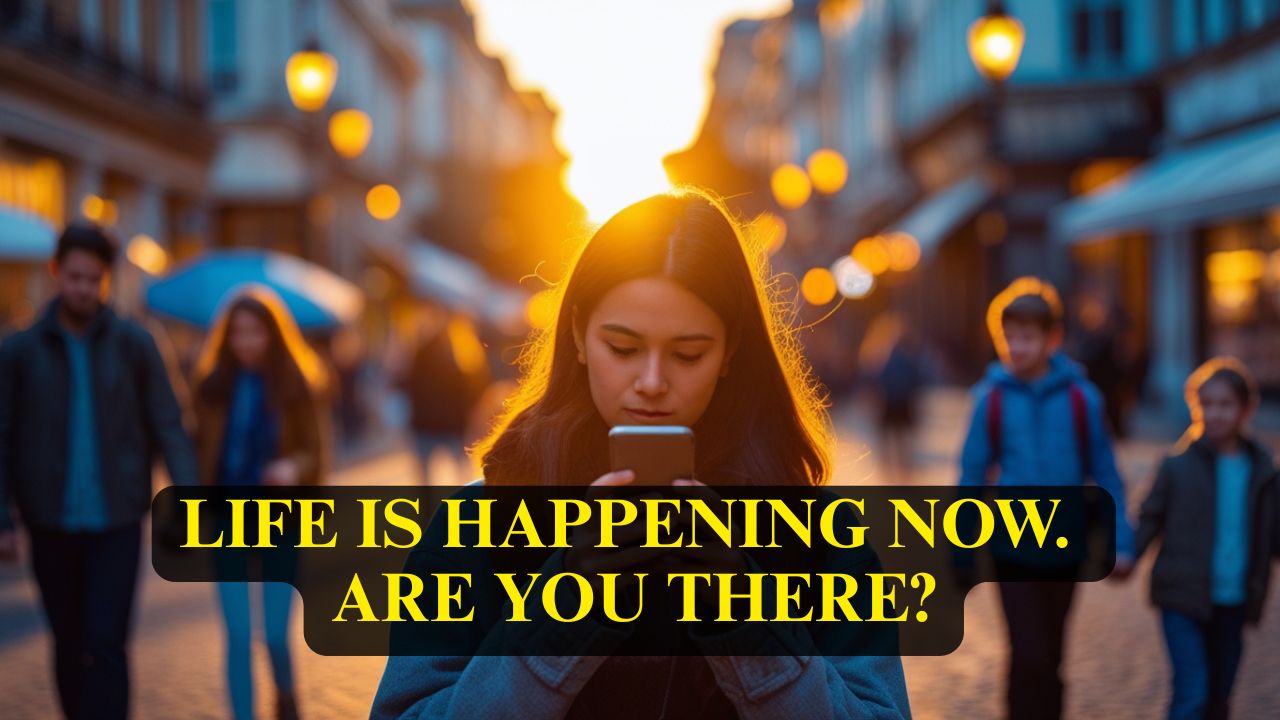- Latest Articles
- The Power Of Thought
- The Power of Thought 1
- The Art of Self Discipine
- The Secret of The Ages: Ancient Wealth Mysteries Finally Revealed
- Procrastination
- Habits
- The Tyranny of Tomorrow

The Greatest Weapon Against Stress
Human life, in all its complexity, pivots on a simple yet profound truth: thought shapes destiny. The mind is a remarkable architect, capable of designing lives of purpose, abundance, and achievement—or, if neglected, of confusion and despair.
Read More >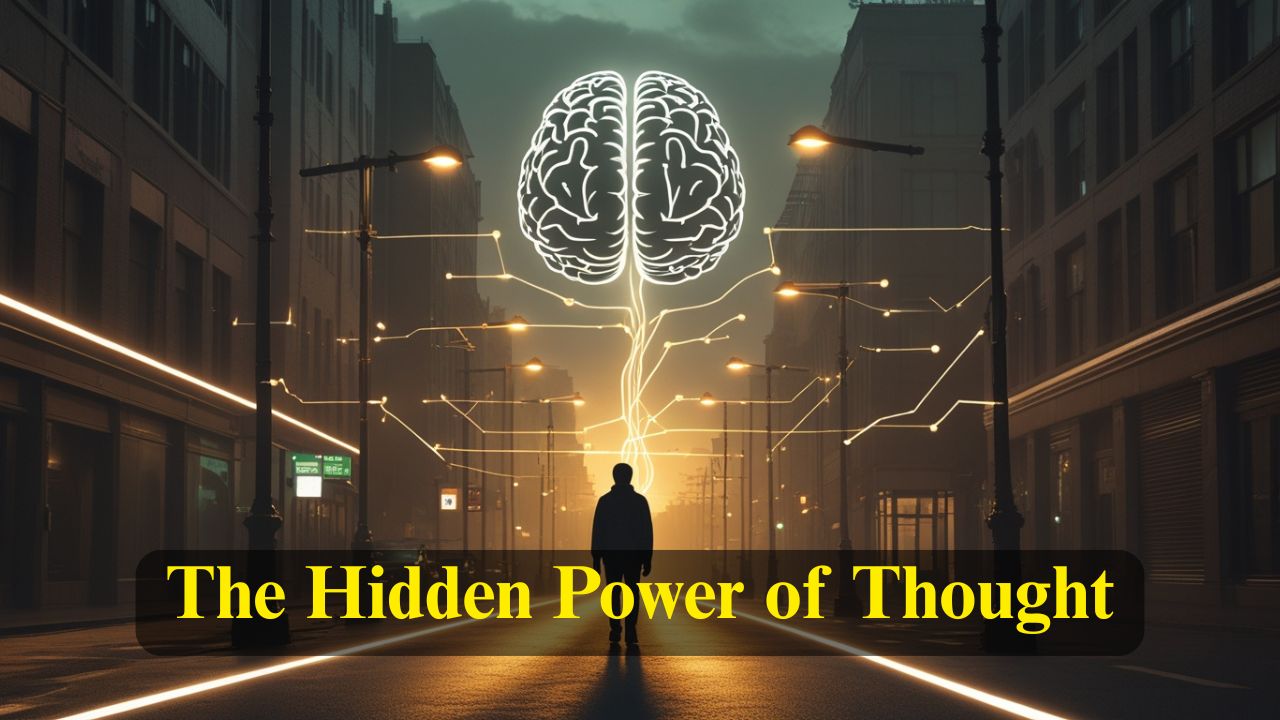
THE HIDDEN POWER OF THOUGHT
Read More >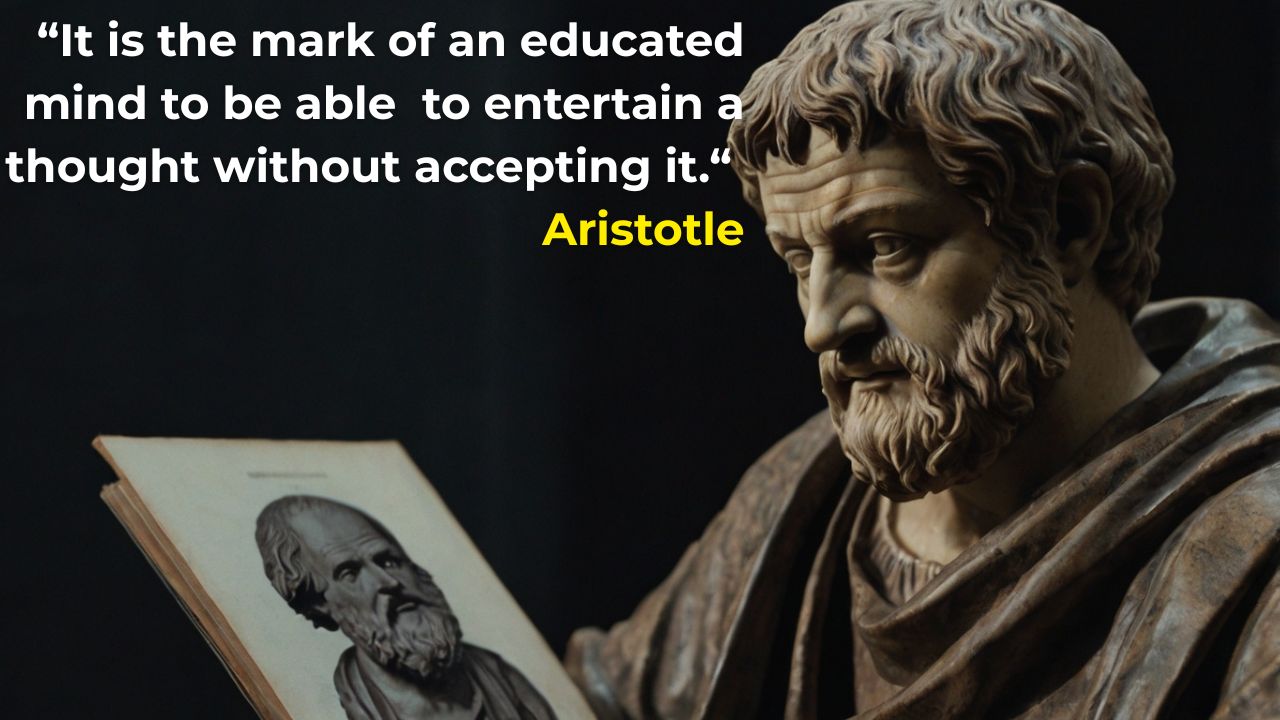
IT IS THE MARK OF AN EDUCATED...
Read More >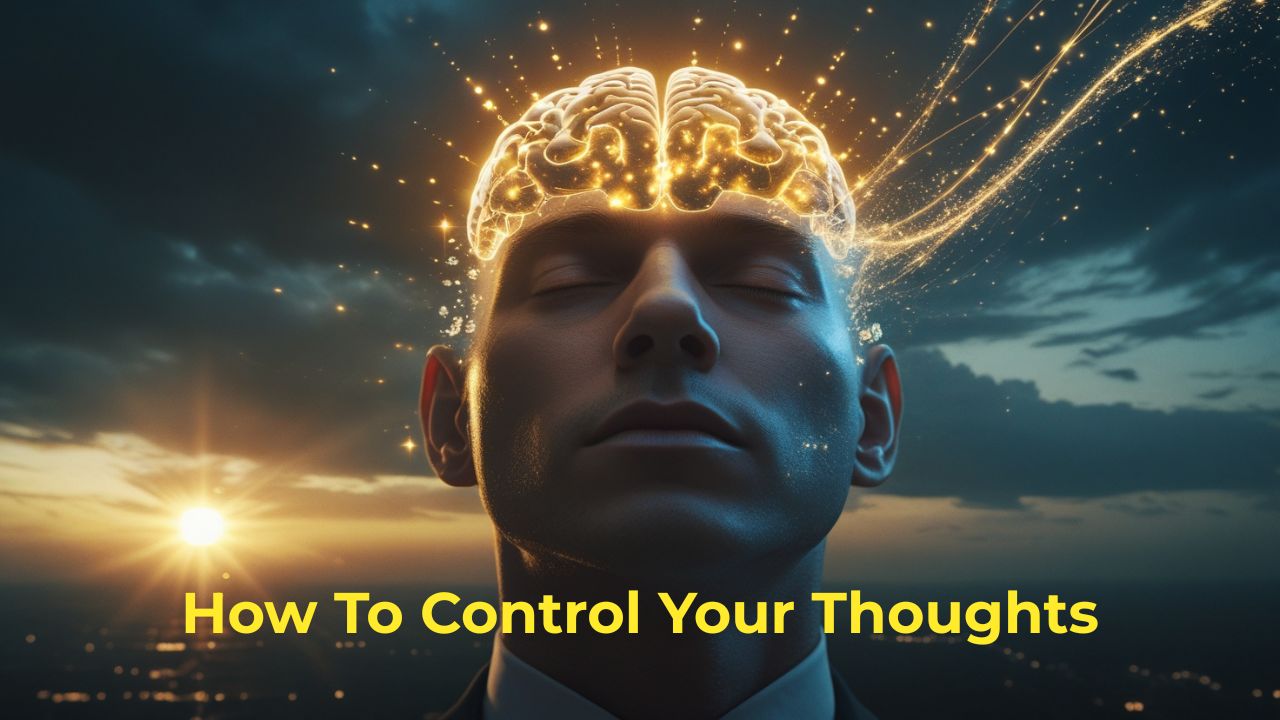
HOW TO CONTROL THOUGHTS
Read More >
IT TAKES ONE POSITIVE...
Read More >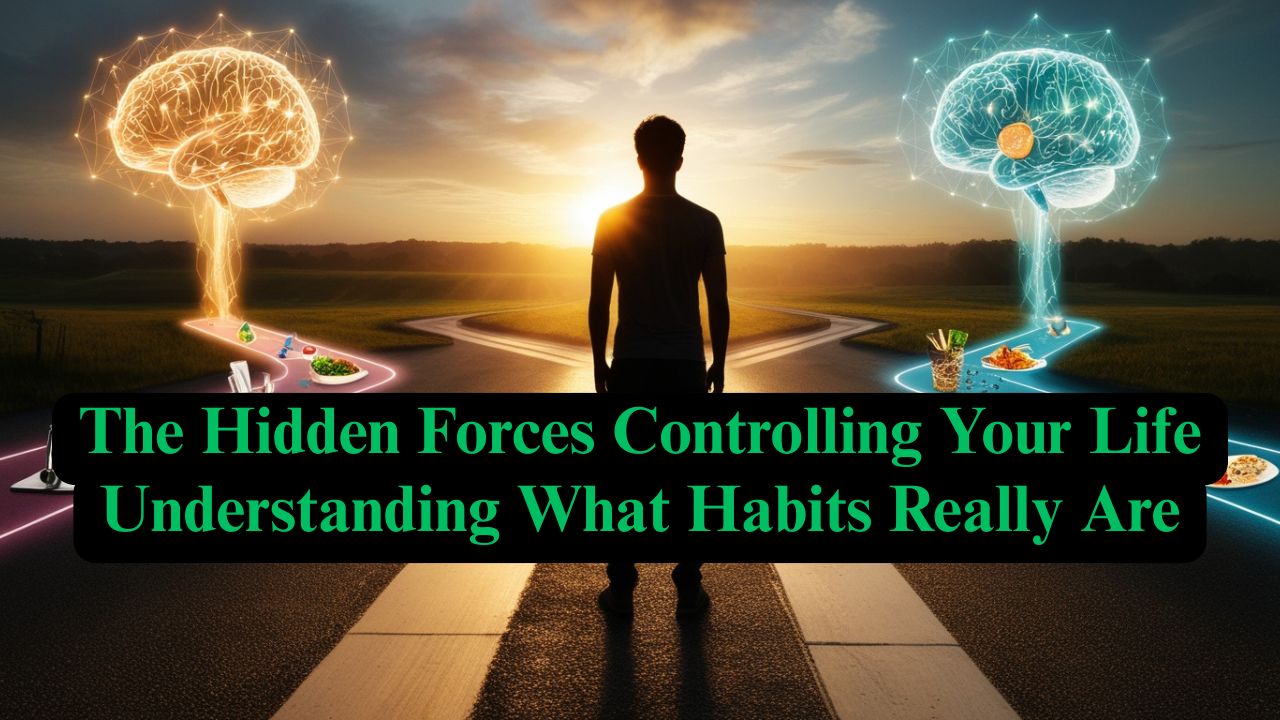
The Hidden Forces Controlling Your Life
Right now, as you're reading this, your brain is running on autopilot for dozens of decisions. You didn't consciously decide how to hold this device, which eye to start reading with, or how to balance your body in your chair. .
Read More >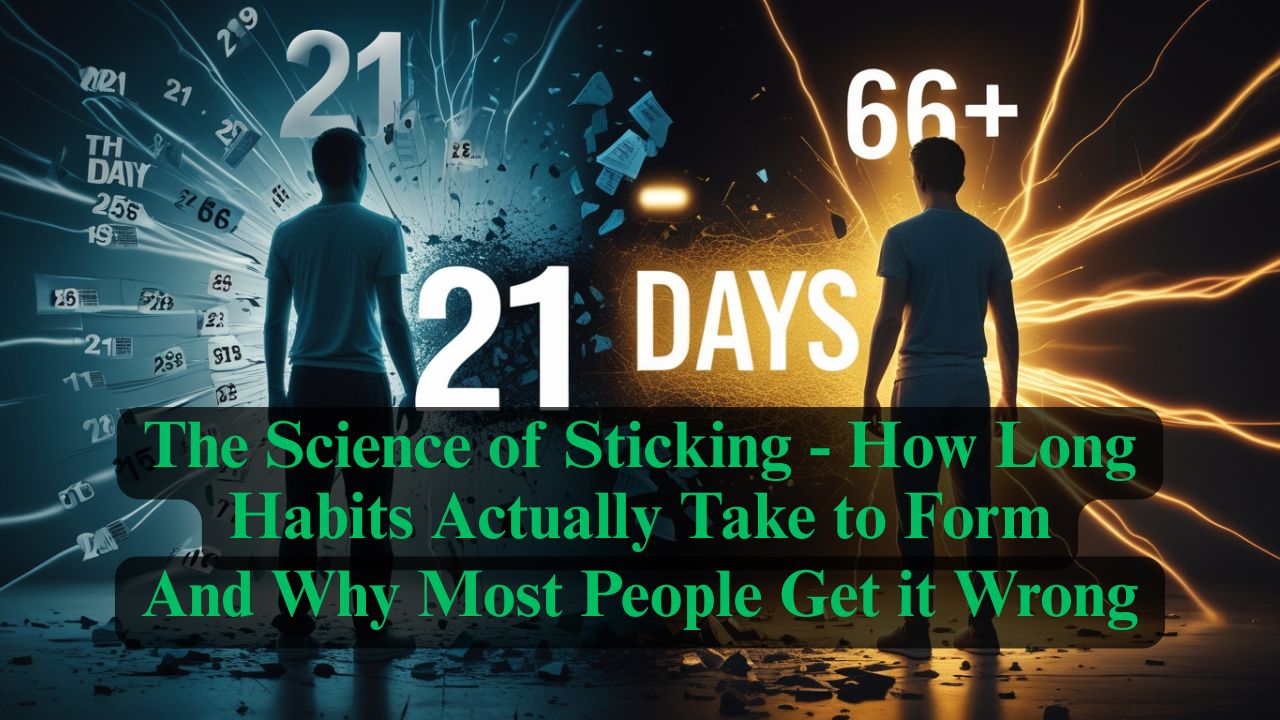
THE SCIENCE OF STICKING...
Read More >
THE STACKING STRATEGY - HOW TO BUILD NEW HABITS BY HIJACKING OLD ONES
Read More >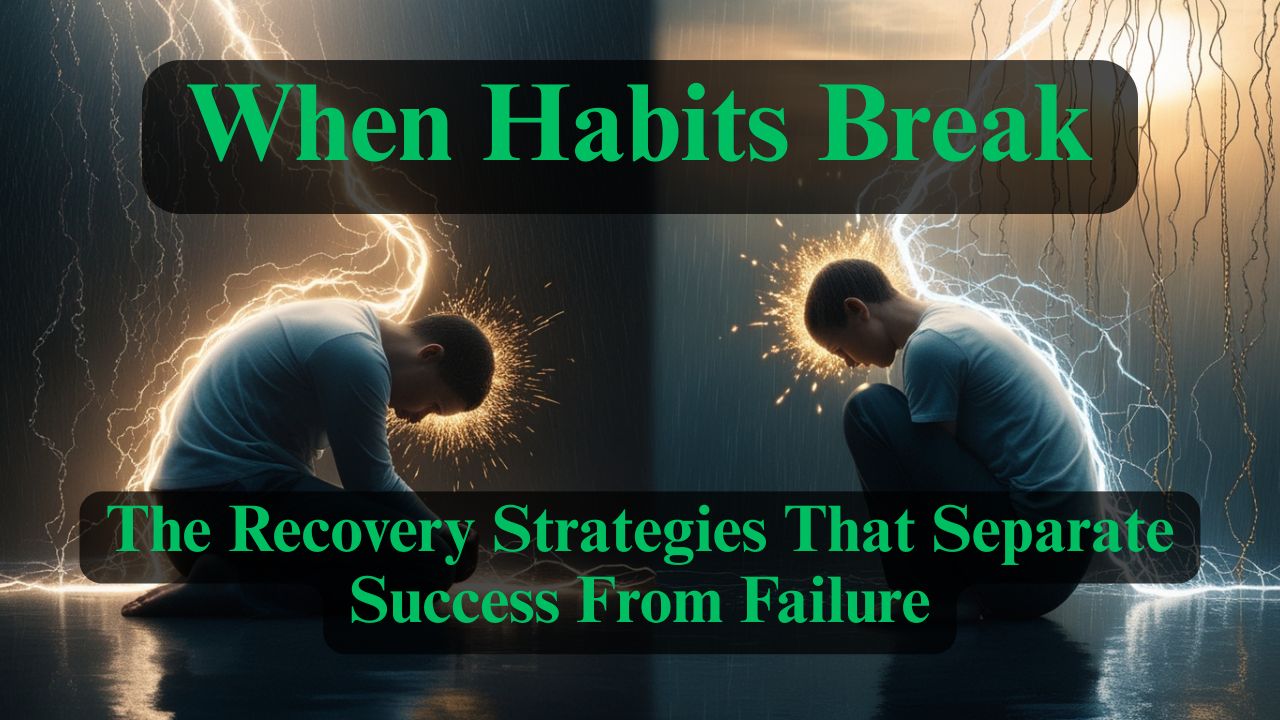
WHEN HABITS BREAK - THE RECOVERY STRATEGIES THAT SEPARATE SUCCESS FROM FAILURE
Read More >
THE ULTIMATE SYSTEM - DESIGNING A LIFE WHERE GOOD HABITS ARE INEVITABLE
Read More >The Tyranny of Tomorrow: Why We're Missing Life While Planning It
There's a profound irony in human existence that the 17th-century philosopher Blaise Pascal captured with startling clarity: we spend our lives everywhere except where we actually are. His observation cuts to the heart of a universal human tendency that has only intensified in our hyperconnected age.
Pascal noticed something peculiar about the human mind—it seems almost allergic to the present moment. Instead, we live as mental time travelers, constantly shuttling between memories of yesterday and fantasies of tomorrow. We replay past conversations, analyzing what we should have said differently. We rehearse future scenarios, planning our next move, our next purchase, our next relationship milestone.
This temporal displacement isn't merely a quirk of consciousness; it's a fundamental barrier to fulfillment. When we examine our thoughts honestly, we discover that the present moment serves merely as a launching pad for our mental excursions into other times. Even when we do acknowledge the present, it's typically to extract information useful for future planning—like checking the weather to decide what to wear tomorrow or noting traffic patterns to optimize our commute.
The tragedy Pascal identifies is that life happens in the present, but we're rarely there to experience it. We're like tourists in our own existence, so busy taking photos and planning the next destination that we forget to actually see where we are. The warmth of sunlight on our skin, the taste of morning coffee, the genuine laugh of a friend—these moments of actual living slip by unnoticed while we're busy orchestrating our imagined future happiness.
This pattern creates a perpetual state of postponement. Happiness becomes something we're always approaching but never reaching, like a horizon that recedes as we move toward it. We tell ourselves we'll be happy when we get the promotion, when we find the right partner, when we buy the house, when we retire. But when those moments arrive, we're already focused on the next milestone, the next achievement, the next reason to delay contentment.
The modern world has weaponized this tendency. Social media feeds us endless streams of curated futures to envy and past moments to regret. News cycles keep us anxious about what might happen. Consumer culture promises happiness through the next purchase. We're surrounded by systems designed to keep us mentally anywhere but here, now.
Pascal's insight reveals why so many people report feeling like life is passing them by, despite being busier than ever. We're not actually living our lives; we're managing them, optimizing them, preparing for them. We've become the directors of a movie we're too busy making to watch.
The philosopher's observation isn't meant to discourage planning or learning from the past—both are necessary for a well-lived life. Rather, it's a warning about the extremes to which we've taken this natural human capacity. When every present moment becomes merely a stepping stone to somewhere else, we lose touch with the only time in which life actually occurs.
Breaking free from this pattern requires recognizing that the present moment isn't empty time waiting to be filled with future plans. It's the only time we have, the only time we've ever had, and the only time we'll ever have. Everything else—all our memories, all our dreams—exists only in the eternal now of consciousness.
The path forward isn't to abandon all planning or reflection, but to restore balance. To remember that while we may plan for the future and learn from the past, we live in the present. And perhaps most importantly, to understand that happiness isn't a destination we're traveling toward, but a way of traveling itself.
In our age of constant connectivity and endless options, Pascal's 400-year-old insight feels more relevant than ever. The art of living isn't about perfecting our plans for tomorrow—it's about showing up for today.
What Pascal Really Meant (In Simple Terms)
Now, let me translate this philosophical wisdom into plain English and give you practical ways to actually apply it to your daily life.
Imagine you're at a beautiful concert, but instead of listening to the music, you're scrolling through your phone looking at photos from last week's party while simultaneously planning what you'll do after the show. That's basically what Pascal noticed we do with our entire lives.
He's saying: "Hey, look at your thoughts right now. I bet you're either thinking about something that already happened or something that might happen later. You're almost never actually focused on what's happening RIGHT NOW."
And here's the kicker—life is only happening right now. The past is just memories, and the future is just imagination. But we're so busy living in our heads that we miss our actual lives.
It's like being hungry and spending all your time reading restaurant reviews and planning elaborate meals for next week, but never actually eating the food that's right in front of you.
Your Step-by-Step Action Plan
Here's how to start breaking this pattern and actually start living in the present:
Week 1: Become a Thought Detective
Action: Set three random alarms on your phone each day. When they go off, stop and ask yourself: "What was I just thinking about?" Write it down—past, present, or future?
Why this works: You can't change what you're not aware of. Most of us don't realize how much we live in our heads until we start paying attention.
Week 2: Practice the "5-4-3-2-1" Technique
Action: When you catch yourself spiraling into past regrets or future worries, use your senses to anchor yourself in the present:
- Name 5 things you can see
- 4 things you can touch
- 3 things you can hear
- 2 things you can smell
- 1 thing you can taste
Why this works: Your senses only work in the present moment. They're like a bridge back to now.
Week 3: Create "Present Moment Rituals"
Action: Pick three daily activities (like brushing your teeth, drinking your morning coffee, or walking to your car) and commit to doing them with full attention. No phone, no planning, no mental to-do lists.
Why this works: These become anchors throughout your day—regular returns to the present moment.
Week 4: The "Good Enough" Rule
Action: When you catch yourself over-planning or trying to perfect future scenarios, ask: "Is this plan good enough for now?" If yes, stop planning and do something that grounds you in the present.
Why this works: Perfect plans are impossible anyway, and over-planning is often just anxiety dressed up as productivity.
Week 5: Practice "Savoring"
Action: Once a day, deliberately slow down and fully experience something pleasant—really taste your lunch, feel the warm water in your shower, notice how comfortable your bed is.
Why this works: This trains your brain to find satisfaction in present moments rather than always looking ahead for the next source of happiness.
Week 6: The "Done List"
Action: At the end of each day, instead of making a to-do list for tomorrow, write down three things you actually experienced today. Not accomplished—experienced.
Why this works: This rewires your brain to value present-moment experiences, not just future achievements.
The Real Secret
Here's what Pascal understood that most people miss: happiness isn't something you achieve or reach—it's something you practice. It's not waiting for you in the future; it's available right now, in this moment, through the simple act of paying attention to what's actually happening.
You don't need to change your life dramatically. You just need to start showing up for the life you already have. Because the truth is, this moment—right now, as you're reading this—is your actual life. Everything else is just stories you tell yourself about it.
Start with just one week of the first exercise. See what you notice. I bet you'll be surprised by how much of your mental energy is spent everywhere except where you actually are. The journey from constantly planning happiness to actually experiencing it begins with this simple recognition: the life you're looking for isn't somewhere else—it's right here, right now, waiting for you to notice it.
- Audio Articles
- Audio Articles 1
- Audio Articles 2
- Audio Articles 3
- Audio Articles 4
- Rise And Conquer

7 Daily Disciplines That Transform Your Life
The power to act with intention, to align your actions with your values, and to move steadily toward a life of purpose—even on days you don't feel like it.
Read Full Article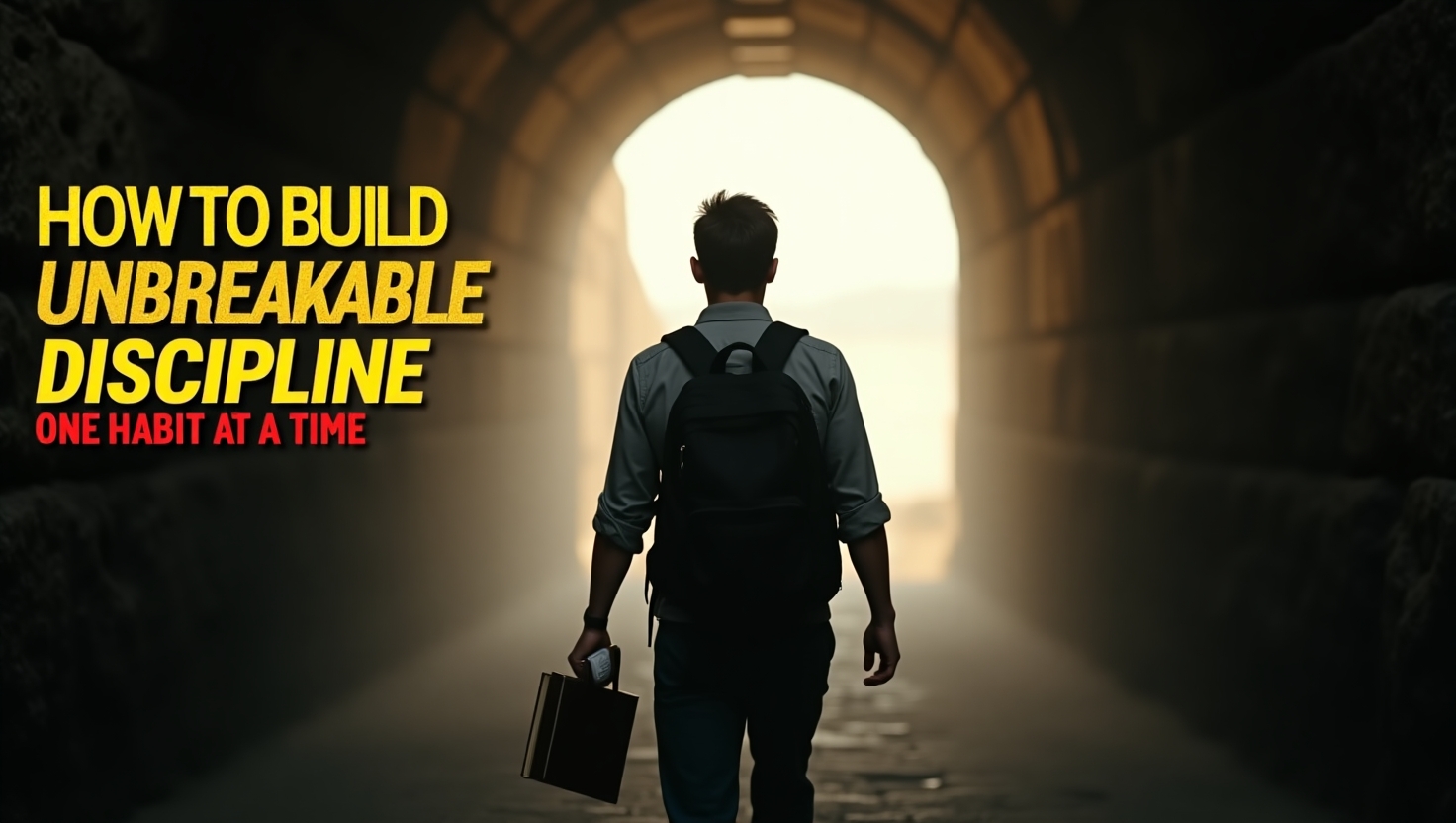
How to Build Unbreakable Discipline
Discipline is built—habit by habit, choice by choice, day by day. And the most powerful kind? The kind that doesn’t crack under pressure. The kind that becomes part of who you are.
Read Full Article
Why Motivation Fails And Discipline Wins Every Time
We all love the feeling of motivation—that surge of energy, that rush of inspiration that makes everything seem possible. But here’s the problem: motivation is unreliable. It’s emotional. It comes and goes. And if your goals rely on you “feeling like it,” you’re already in trouble.
Read Full Article
Discipline Over Desire
Desire is loud. It burns bright, talks fast, and loves to dream. But desire alone doesn't achieve much. Every person has desires. Very few have the discipline to bring them to life.
Read Full Article
The Science of Sticking
If you've ever tried to build a new habit, you've probably heard that it takes 21 days. This number gets thrown around so often that it feels like scientific fact.
Read Full Article
The Stacking Strategy
What if I told you that the habits you already have—even the ones you consider "bad"—could become the secret weapons for building the habits you want?
Read Full Article
When Habits Fail - The Recovery Strategies That Separate Success From Failure
Here's what nobody tells you about building habits: you will fail. You'll miss days. You'll fall off track. You'll have weeks where everything falls apart.
Read Full Article
The Ultimate System - Designing a Life Where Good Habits Are Inevitable
You've learned to recognize habits, understand their formation timeline, stack them strategically, and recover from setbacks.
Read Full ArticleUnderstanding the Future Reality Tree: A Simple Guide to Achieving Your Goals (If-Then Reasoning)
In life, we all have dreams, goals, and aspirations. But sometimes, figuring out how to reach them can feel like a complex puzzle. What if there was a way to break down those big dreams into manageable steps? Enter the Future Reality Tree—a tool that uses If-Then thinking to help you visualize and plan your way to success.
Let’s dive into this powerful tool and see how it can guide you toward your goals in a simple, understandable way.
What is the Future Reality Tree?
The Future Reality Tree (FRT) is a thinking method that allows you to map out your desired future, step by step. It’s based on If-Then reasoning, where you think about what needs to happen (the "if") and what the outcome will be (the "then"). This method helps you see how different actions and decisions connect to create the reality you want.
In simple terms, the Future Reality Tree is like a roadmap for achieving your dreams. You start with a big goal (the future reality) and then break it down into smaller, more manageable steps using If-Then thinking.
How Does the Future Reality Tree Work?
Imagine you want to improve your health, and your big goal is to become more fit and active. To use the Future Reality Tree, you’d start by thinking of your goal as the “future reality” at the top of the tree. From there, you break down the steps needed to get there, creating branches that lead to your end goal.
Each branch of the tree represents an action (the "if") that will help you reach your goal (the "then"). Here’s a simple breakdown of how you might use the Future Reality Tree for your fitness goal:
1. Future Reality: "I am healthy and fit."
This is your desired end result. Now, let’s break it down into steps.
2. If I work out three times a week, then I will increase my strength and endurance.
3. If I eat a balanced diet with lots of vegetables, then I will feel more energetic.
4. If I get at least 7 hours of sleep each night, then my body will recover and improve faster.
Each of these smaller actions (the "if" statements) helps you achieve your bigger goal (the "then" statements), which is becoming healthy and fit. The Future Reality Tree connects each of these steps logically, showing how they all work together to help you get to your destination.
Why is the Future Reality Tree So Useful?
1. Clarity and Focus
The Future Reality Tree helps you break down a complex goal into simple, actionable steps. This makes the goal less overwhelming and helps you stay focused on what needs to be done next. Instead of just dreaming about a goal, you can see exactly what actions will take you there.
2. Visualizes Your Path to Success
Seeing your goal laid out as a tree makes it easier to understand how all the pieces fit together. You can see how your actions today will create the future you want tomorrow. This visualization helps keep you motivated because you can clearly see the steps needed to make your dream a reality.
3. Connects Actions with Results
Each branch of the Future Reality Tree shows you how your actions lead to specific results. By understanding these connections, you can make better decisions and avoid getting stuck. It’s all about cause and effect. For example, you know that if you exercise regularly, the result will be increased strength. The clearer you are about the "if-then" relationships, the more effective your actions will be.
4. Helps You Stay on Track
When you encounter challenges or setbacks, the Future Reality Tree gives you a clear reminder of the steps you need to take to get back on track. If something doesn’t work, you can adjust your approach by changing a branch or adding a new action to get closer to your goal.
How to Create Your Own Future Reality Tree
Creating a Future Reality Tree for your own goals is easy! Here’s how you can do it in a few simple steps:
1. Identify Your Goal (Future Reality)
Start by thinking about your ultimate goal. This is your “future reality,” the big vision you’re working toward. It could be anything from improving your health to starting your own business or learning a new skill.
2. Break It Down into Smaller Actions
Now, think about the actions you need to take to reach that goal. What steps will lead you to success? Use the If-Then reasoning to break your goal into smaller, manageable tasks. For each action, ask yourself, “If I do this, then what will happen?”
3. Create the Tree Structure
Draw your Future Reality Tree with your main goal at the top. Then, create branches that represent the smaller steps needed to reach that goal. Each branch should connect back to your main goal, showing how those actions will help you achieve your desired outcome.
4. Stay Flexible
Sometimes, things don’t go according to plan, and that’s okay. The Future Reality Tree isn’t set in stone. If you encounter new obstacles or ideas, adjust your branches and actions as needed to keep moving toward your goal.
Example: A Career Goal
Let’s say you have a career goal: “I want to become a manager at work.”
1. Future Reality: "I am a manager at my company."
2. If I take on more responsibility at work, then I will show that I am ready for a leadership role.
3. If I take a leadership course, then I will develop the skills needed to manage a team.
4. If I build relationships with key decision-makers, then I’ll have more opportunities for career advancement.
Each action gets you closer to your goal of becoming a manager.
Conclusion
The Future Reality Tree is a powerful way to break down big goals into small, manageable actions. By using If-Then thinking, you can see the logical steps needed to create the reality you desire. It helps you stay focused, stay on track, and understand the cause-and-effect relationships between your actions and your outcomes.
Next time you set a goal, try building your own Future Reality Tree. It will give you a clear path forward and help you take actionable steps to turn your dreams into reality.
